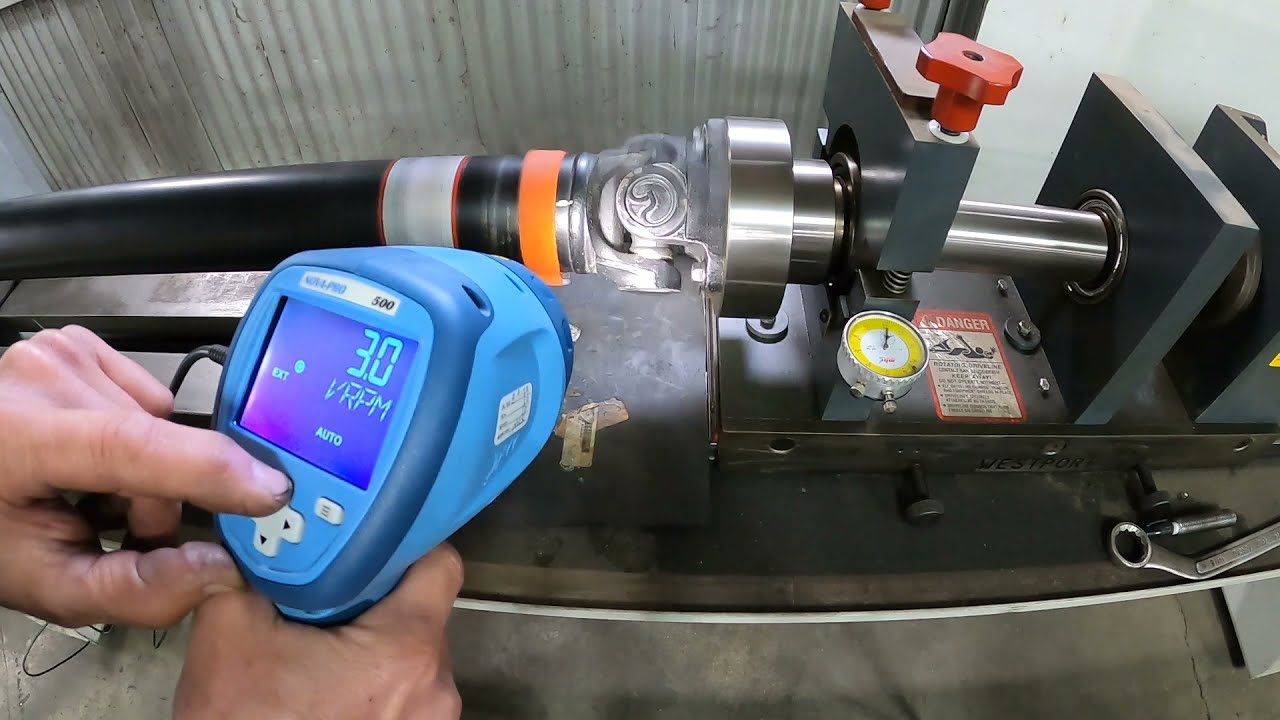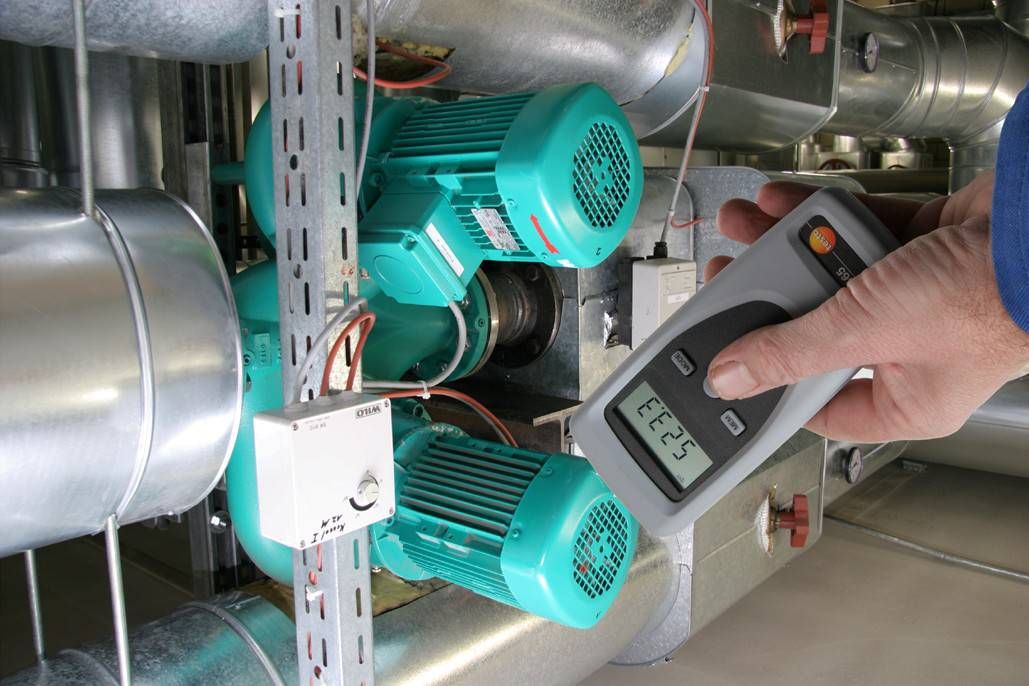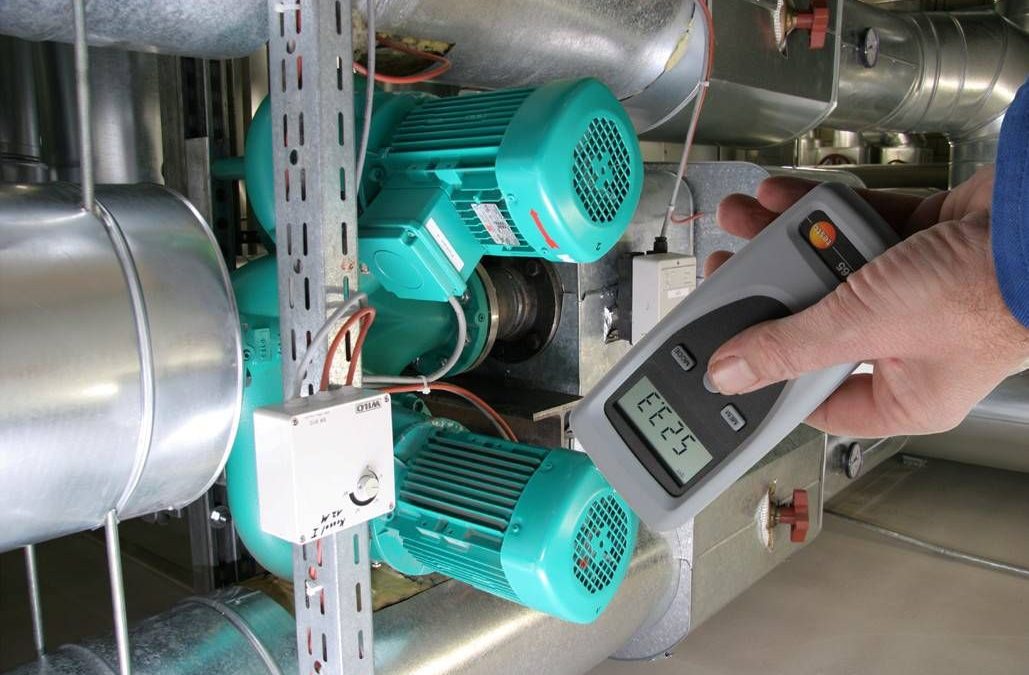Have you ever wondered, What is a stroboscope? In this comprehensive article, we will explore the intricacies of this approved technology and its tremendous benefits across various industries. A stroboscope can be a game-changer, especially for Industry QA professionals.

Understanding the Basics of a Stroboscope
A stroboscope is a device used to make a cyclically moving object appear to be slow-moving or stationary. The basic principle involves flashing light at a specific frequency, which helps in observing fast-moving objects.
The Working Principle of a Stroboscope
The stroboscope works by emitting light flashes at intervals. When these intervals match the motion of the object, it appears to freeze. This phenomenon is extremely useful in various industrial applications.
For more technical details on how stroboscopes work, you can visit this external link.
Applications of Stroboscope in Industries
Quality Control in Manufacturing
Stroboscopes are widely used in manufacturing industries for quality control. They allow for detailed inspection of fast-moving parts and products, ensuring they meet required standards.
Paint and Coating Application
In high-speed environments like paint and coating applications, stroboscopes ensure precision and uniformity. You can find more about this application here.
Genetic Analysis and Sequencing
Stroboscopes are invaluable in genetic analysis and sequencing monitoring. They ensure high accuracy and speed. For further details, check this link: Genetic Analysis
Semiconductor Manufacturing
In semiconductor manufacturing, stroboscopes are crucial for high-speed wafer polishing inspection. Learn more here
Preventive Maintenance
They are also used for preventive maintenance in various mechanical and electrical systems, helping in early detection of potential issues.
Types of Stroboscopes
Mechanical Stroboscope
These use rotating disks with cut-out sections to produce a flashing effect.
Electronic Stroboscope
These are more advanced, using electronic circuits to produce precise light flashes.
Features to Look for in a Stroboscope
Flash Rate
The flash rate is crucial as it determines the frequency at which the stroboscope operates.
Intensity Control
Being able to adjust the light intensity can make a big difference in various applications.
Portability
Portable stroboscopes offer flexibility, especially in fieldwork.
Battery Life
Good battery life ensures uninterrupted operation during critical tasks.
How to Choose the Right Stroboscope
Consider your specific needs, such as the environment you will be using it in, the type of objects you need to observe, and your budget.
Maintenance and Care for Your Stroboscope
Regular maintenance ensures the longevity and effectiveness of your stroboscope. Always follow the manufacturer’s guidelines for care and troubleshooting.
Stroboscope vs. Tachometer
While both devices are used to measure the speed of rotation, a stroboscope offers the added advantage of visualizing the object’s motion.
Future Outlook of Stroboscopic Technology
With advancements in technology, we can expect stroboscopes to become even more precise and versatile, expanding their applications across more industries.

Frequently Asked Questions
Q1: What is a stroboscope used for?
A1: A stroboscope is used to observe fast-moving objects, making them appear slow-moving or stationary, which is invaluable in various industrial applications.
Q2: How does a stroboscope work?
A2: It works by emitting light flashes at specific intervals, which can match the motion of the object, making it appear frozen.
Q3: What are the types of stroboscopes?
A3: There are mechanical stroboscopes, which use rotating disks, and electronic stroboscopes, which use electronic circuits for precision.
For more detailed information on stroboscopes, visit this external link.
